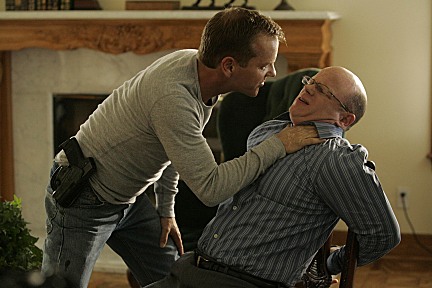So I'm going to take my NREMT written on Thursday and I'm a little confused on the use of tourniquets...
My question is, do you go straight for the tourniquet if direct pressure and elevation don't stop the bleeding? Some of the practice test I've taken say use pressure points and some say to go straight for the tourniquet
Any help would be much appreciated... Thanks!
My question is, do you go straight for the tourniquet if direct pressure and elevation don't stop the bleeding? Some of the practice test I've taken say use pressure points and some say to go straight for the tourniquet
Any help would be much appreciated... Thanks!

